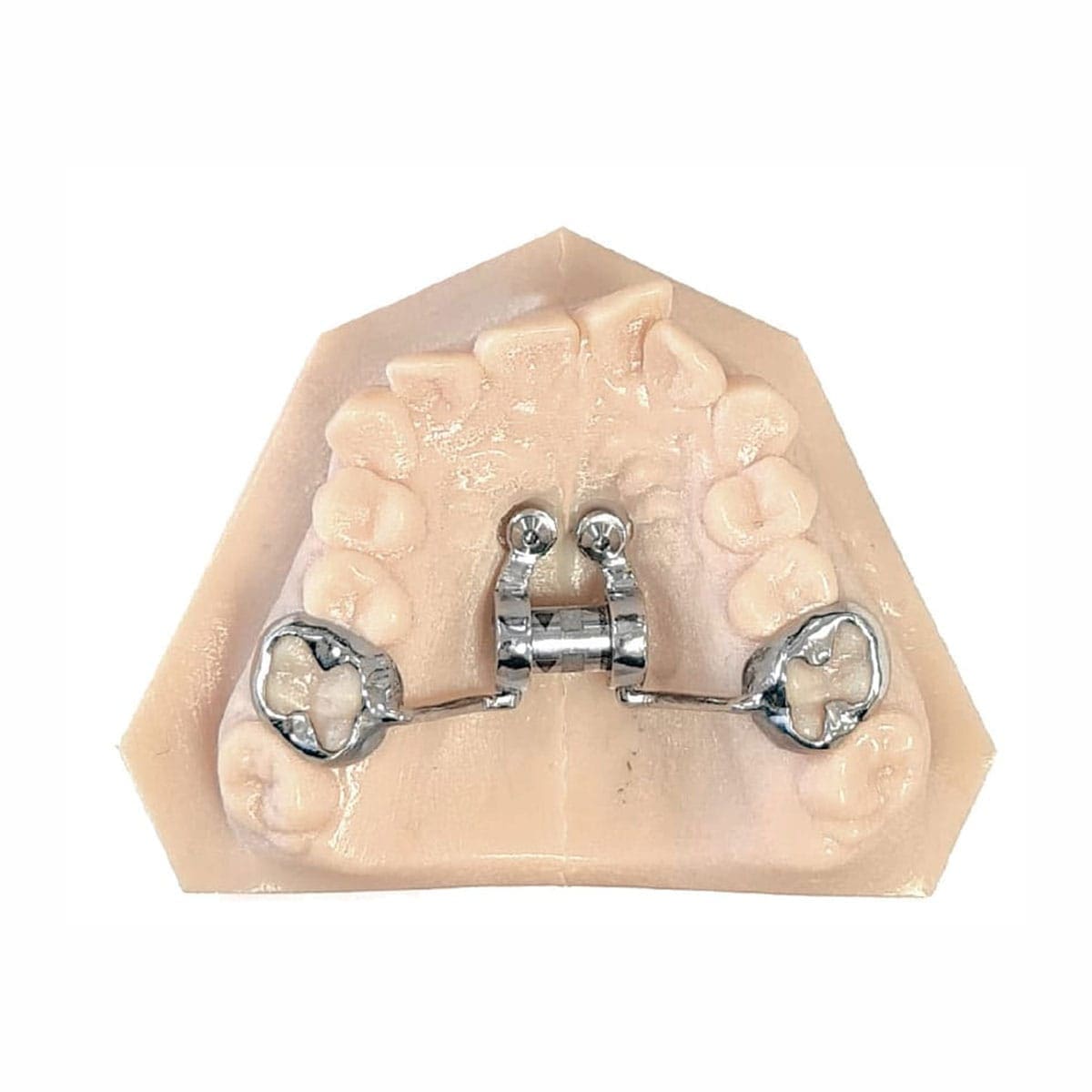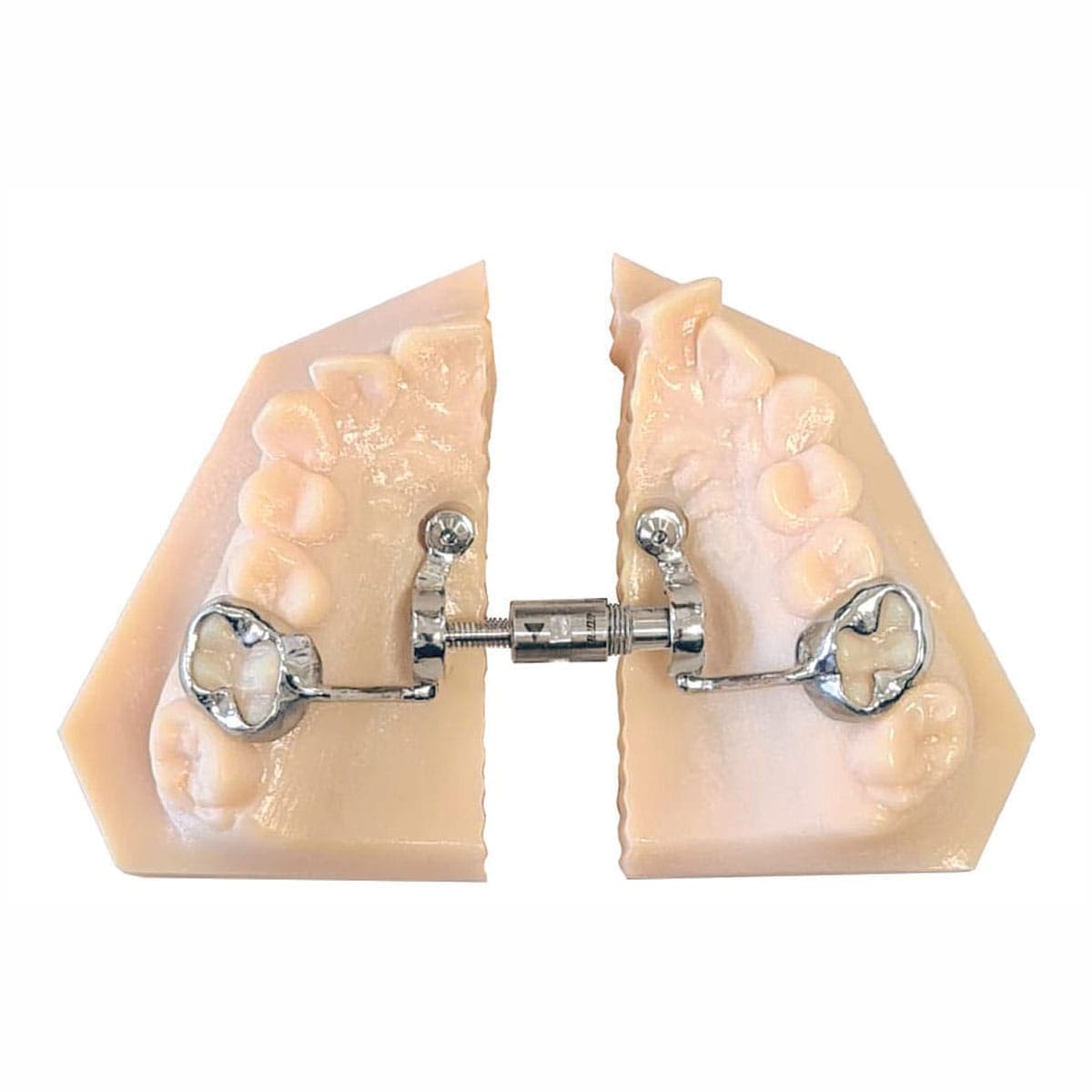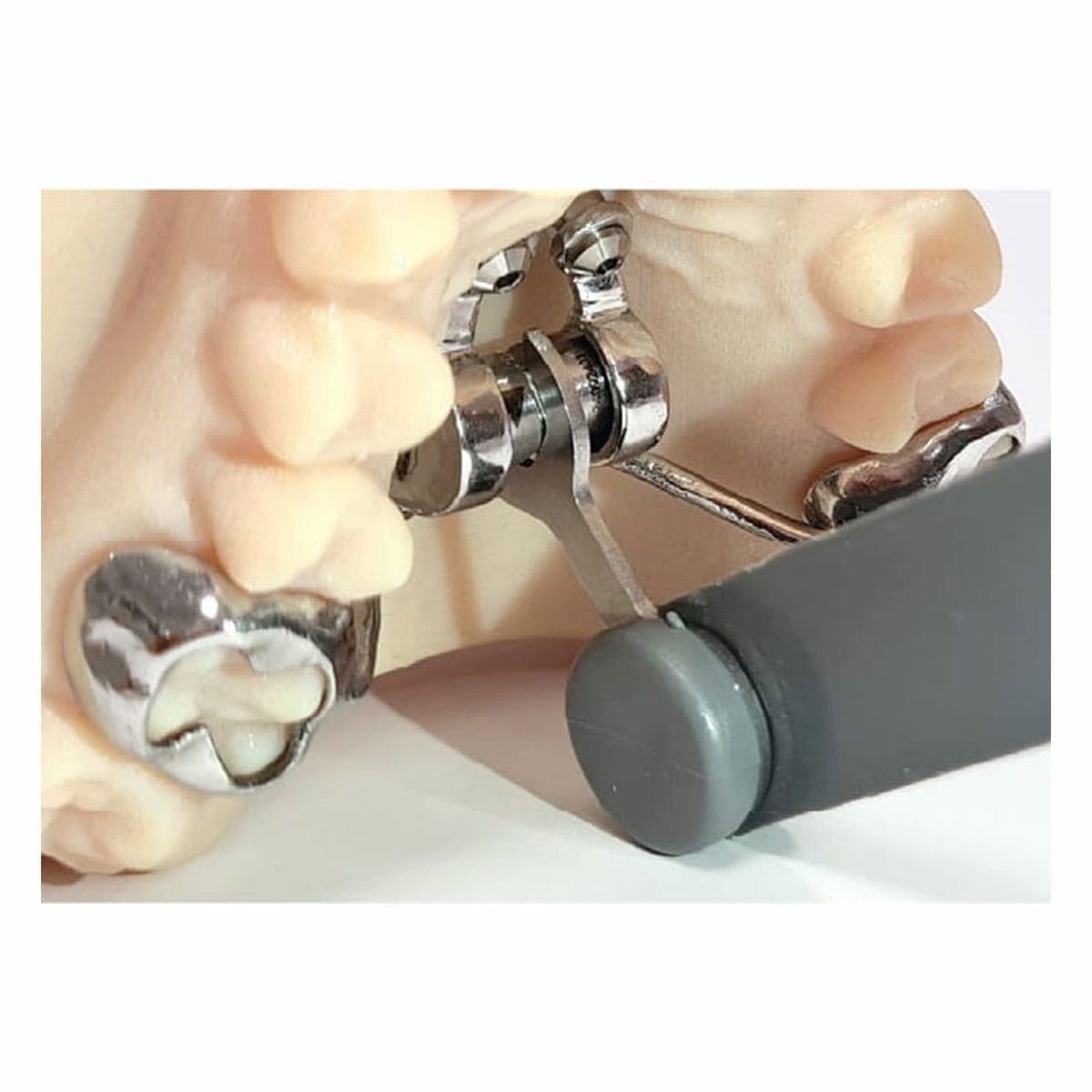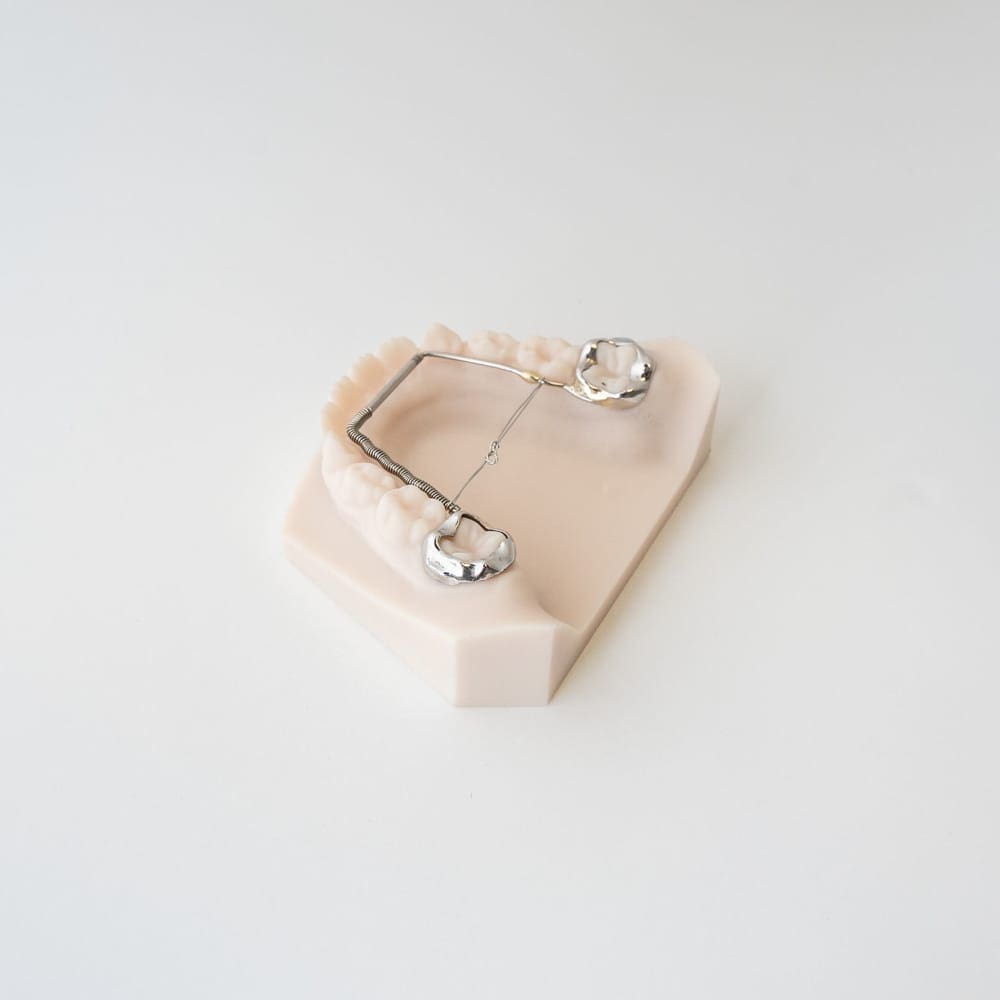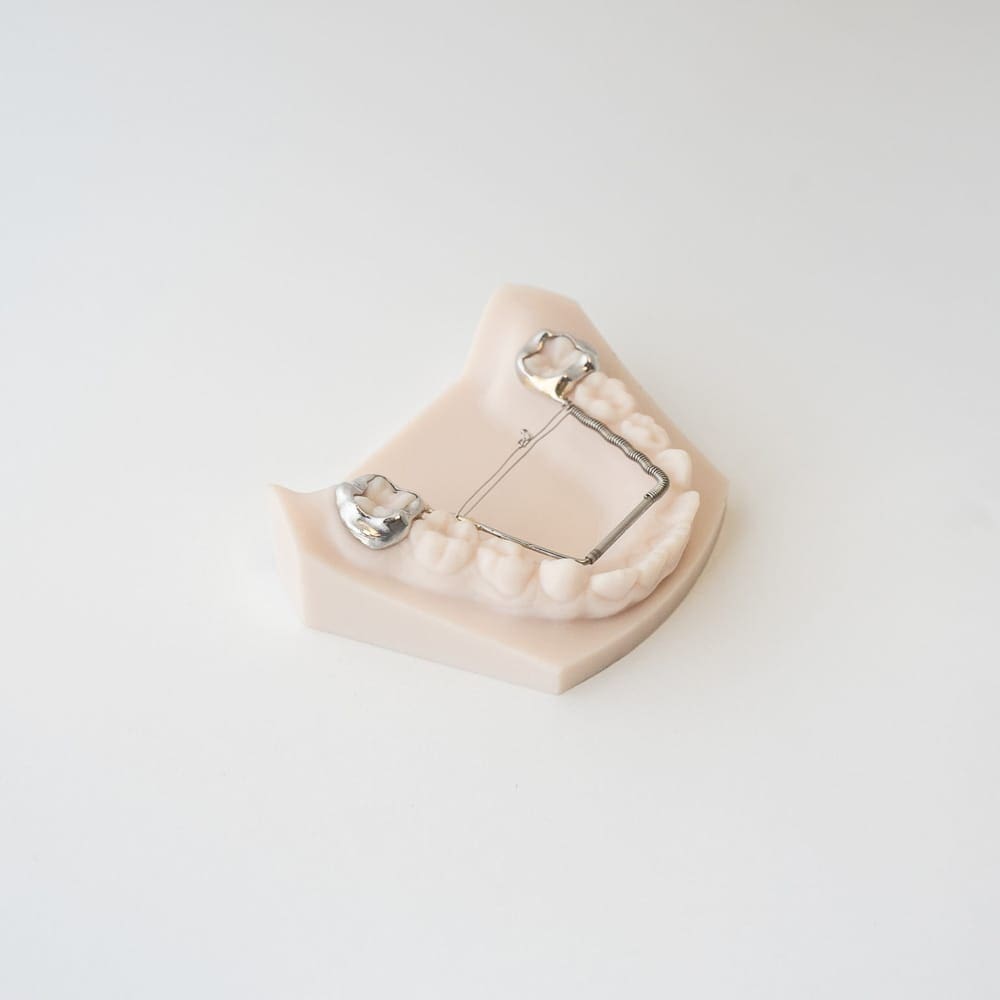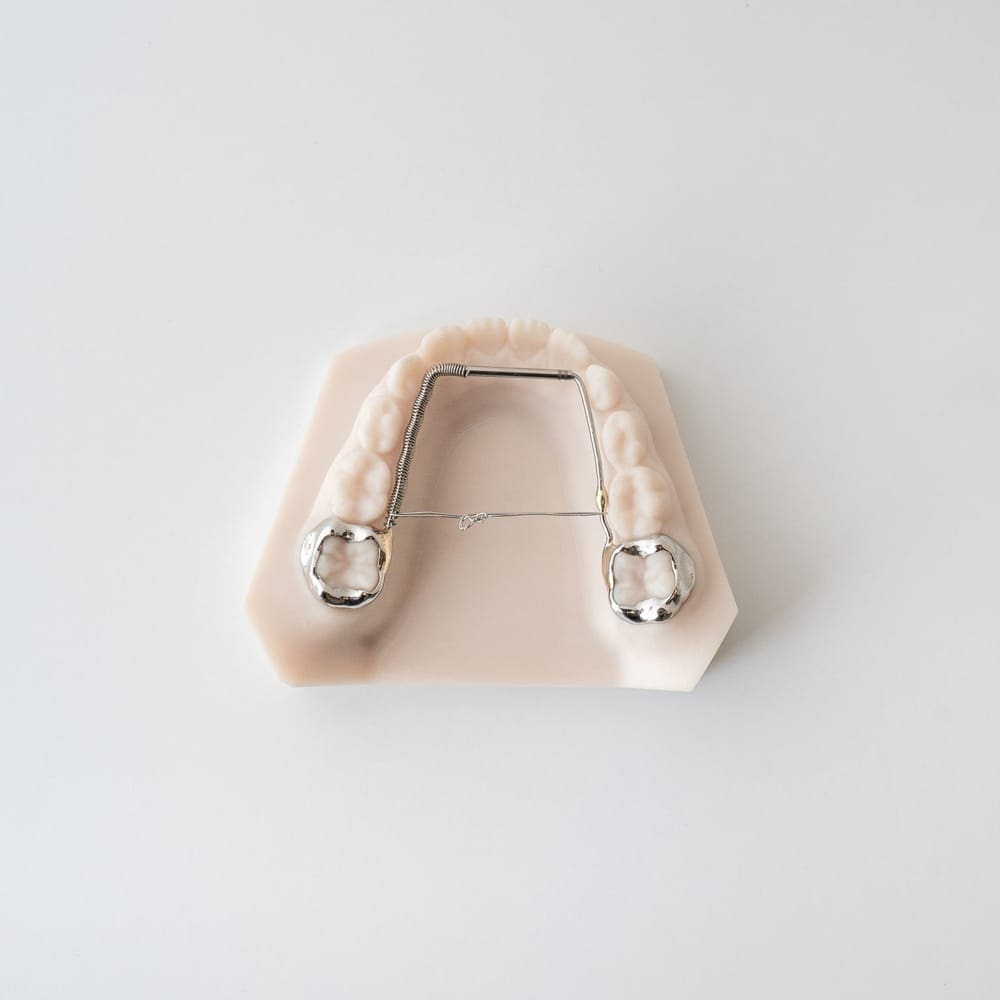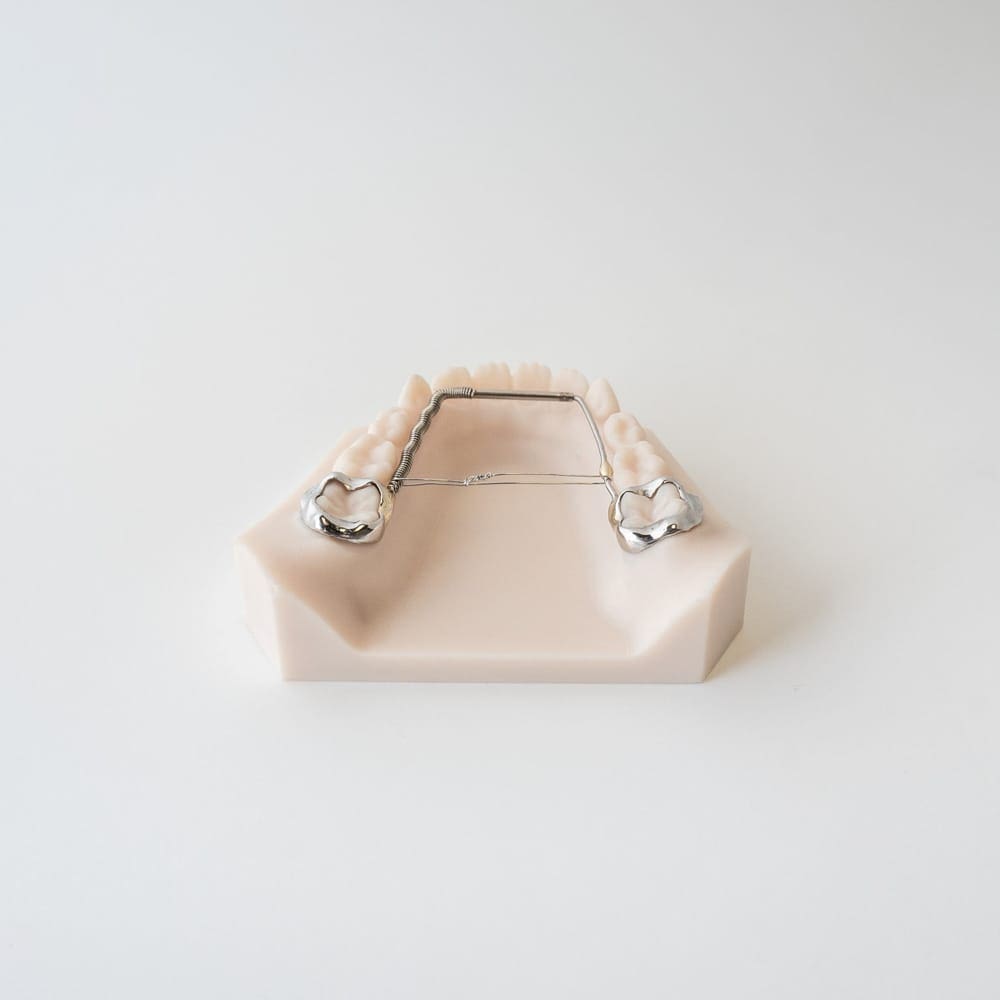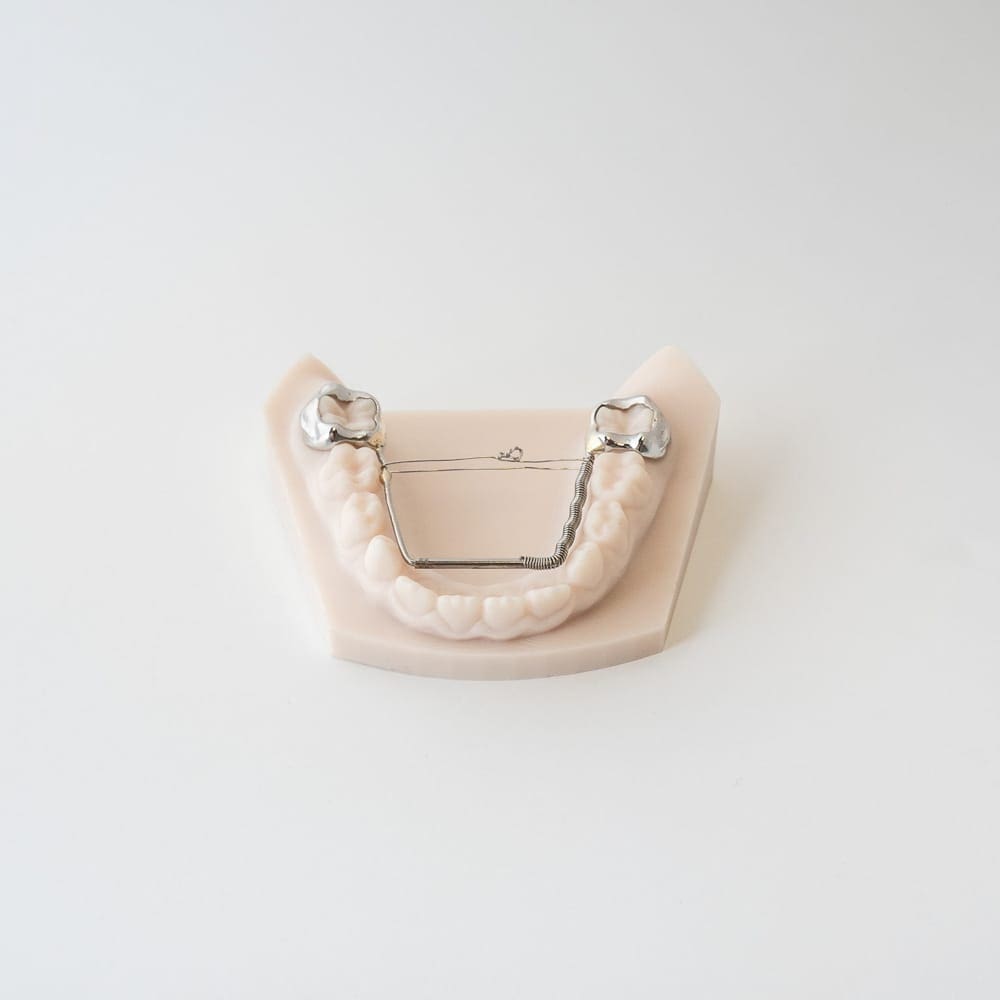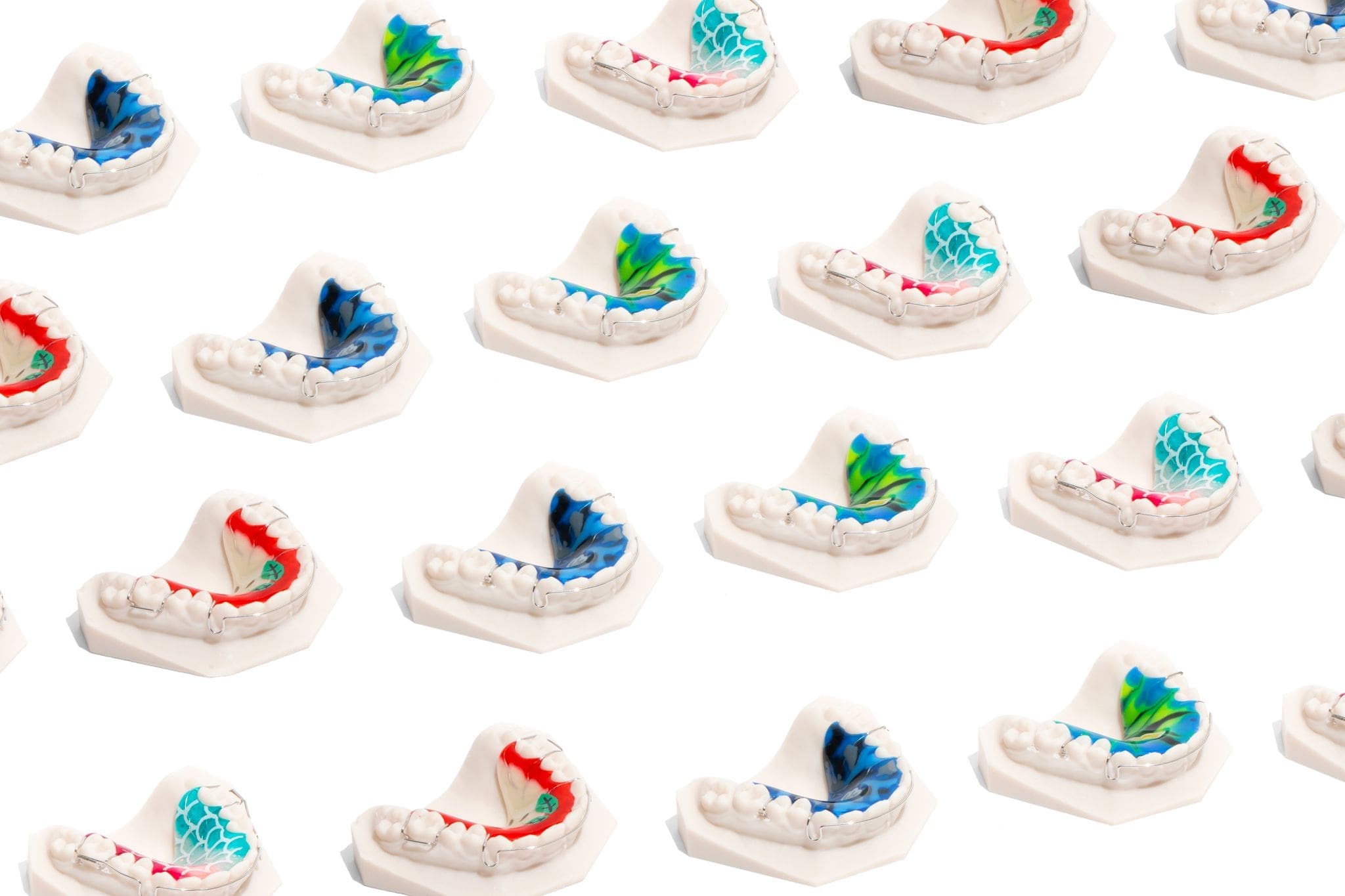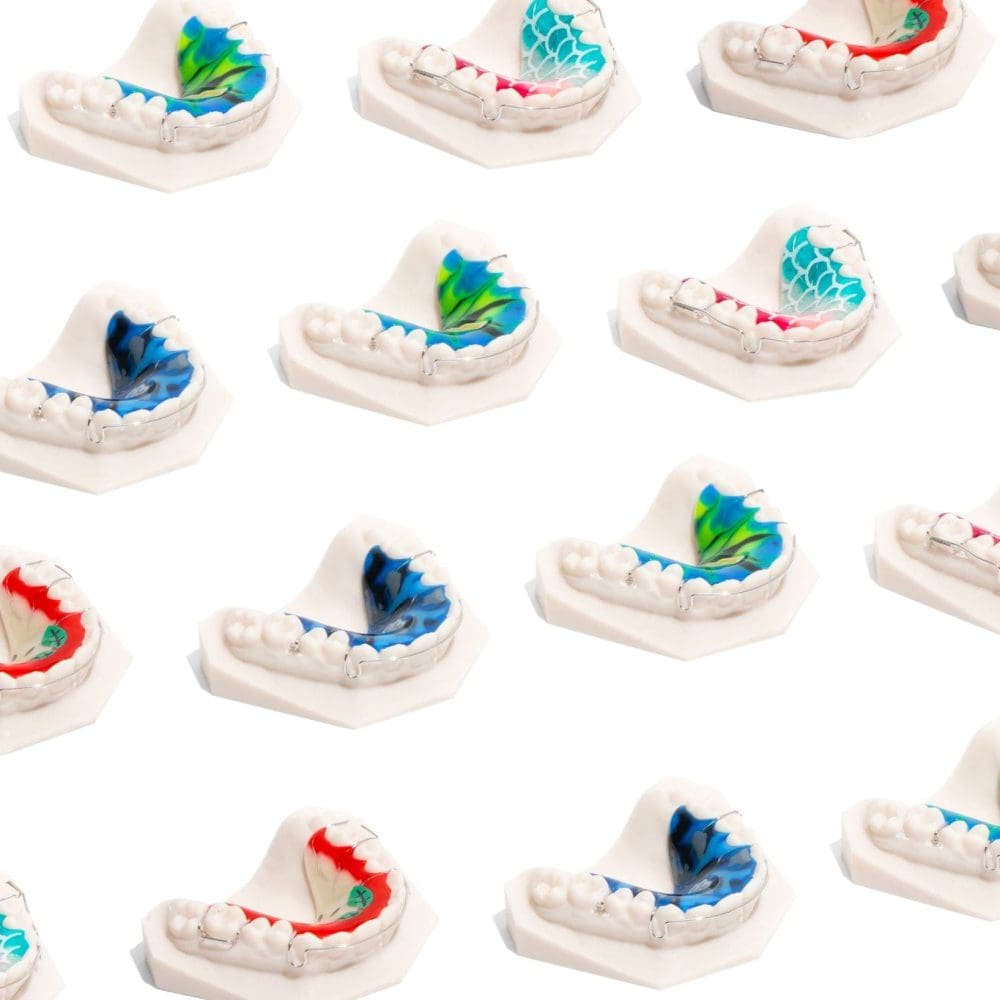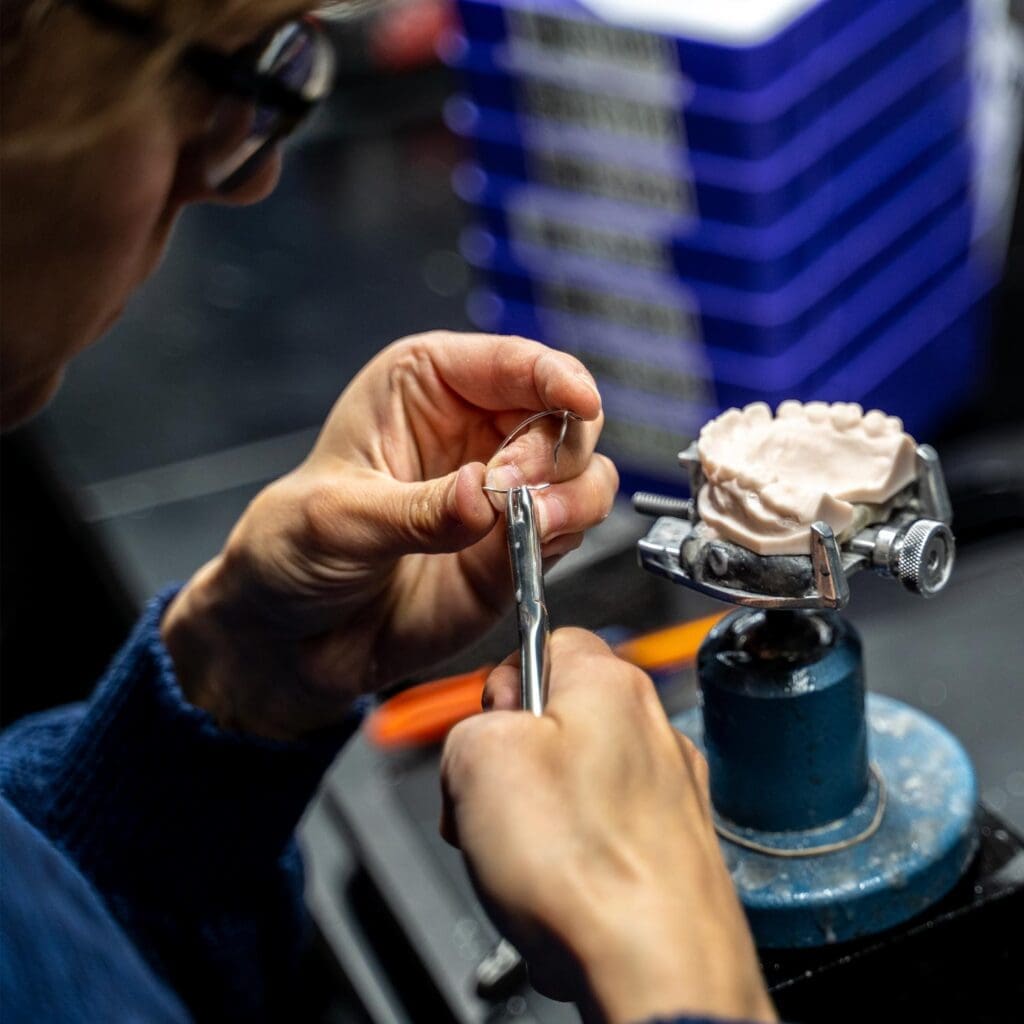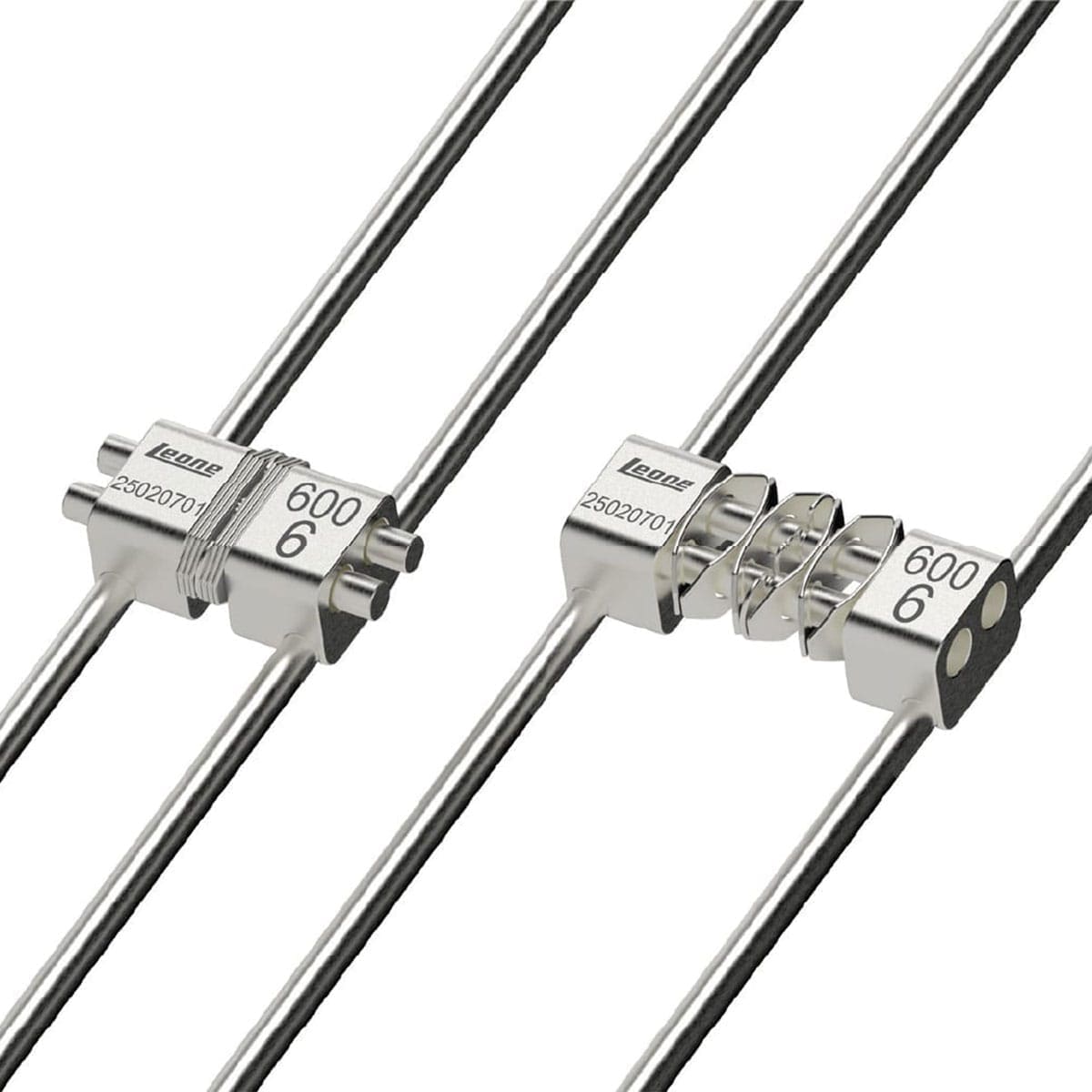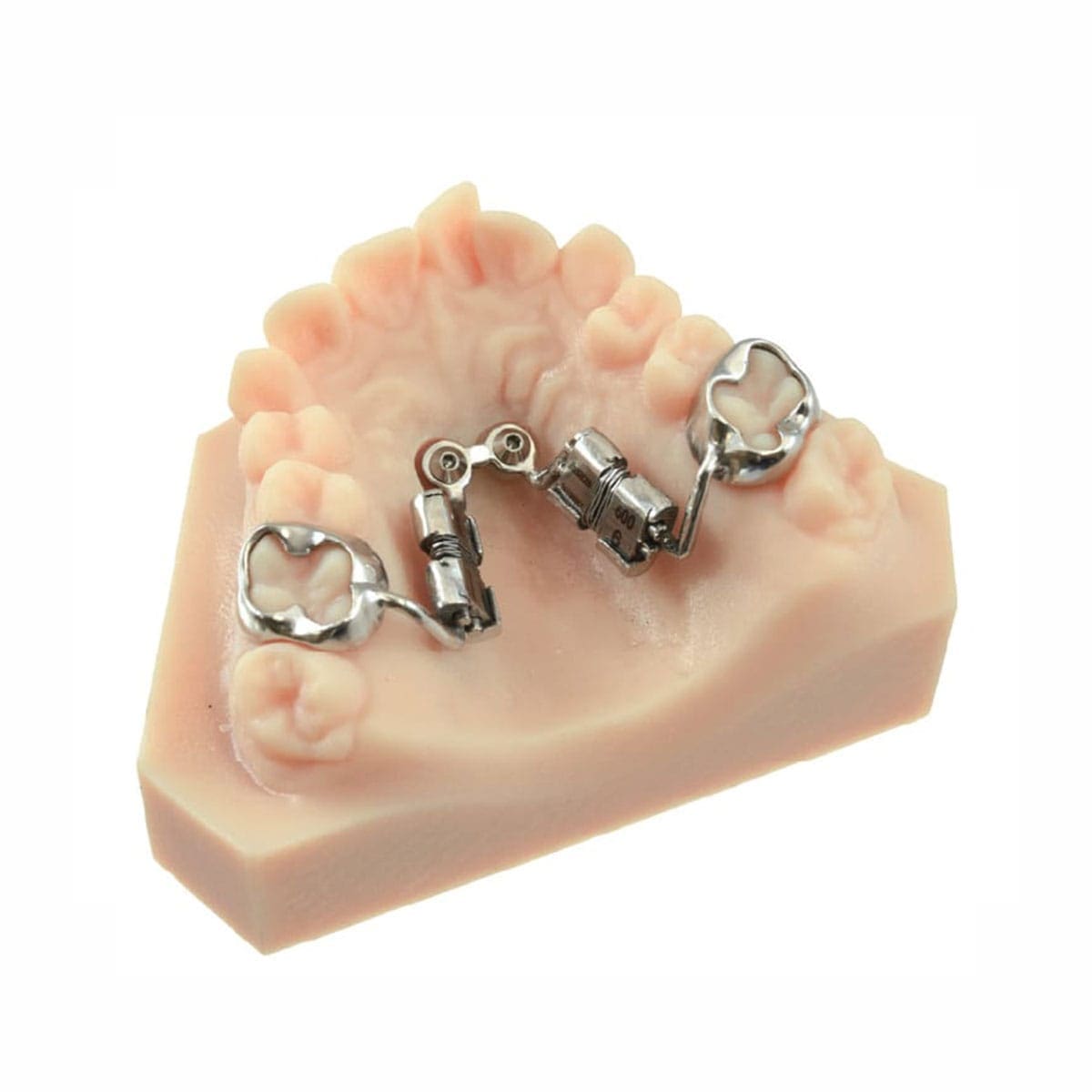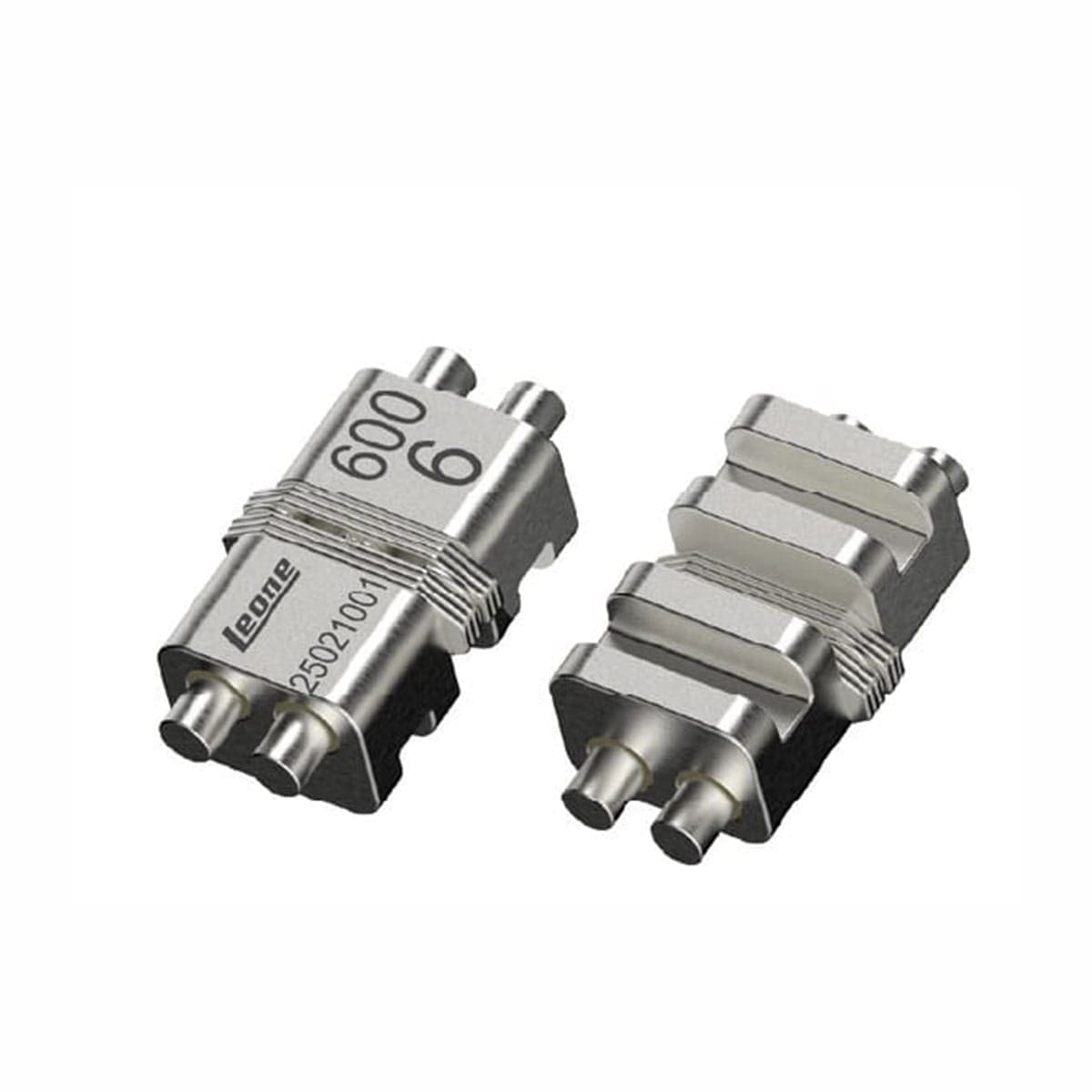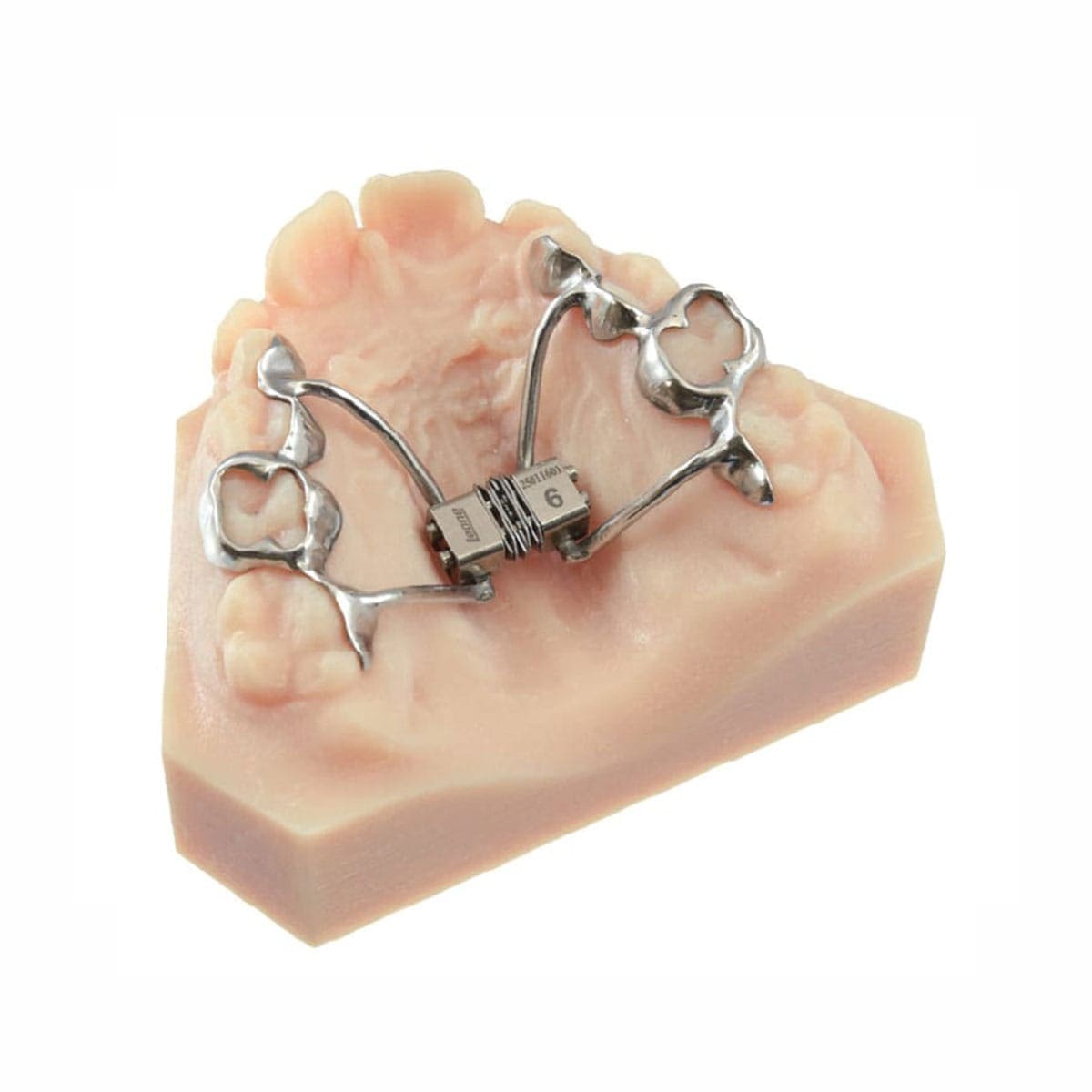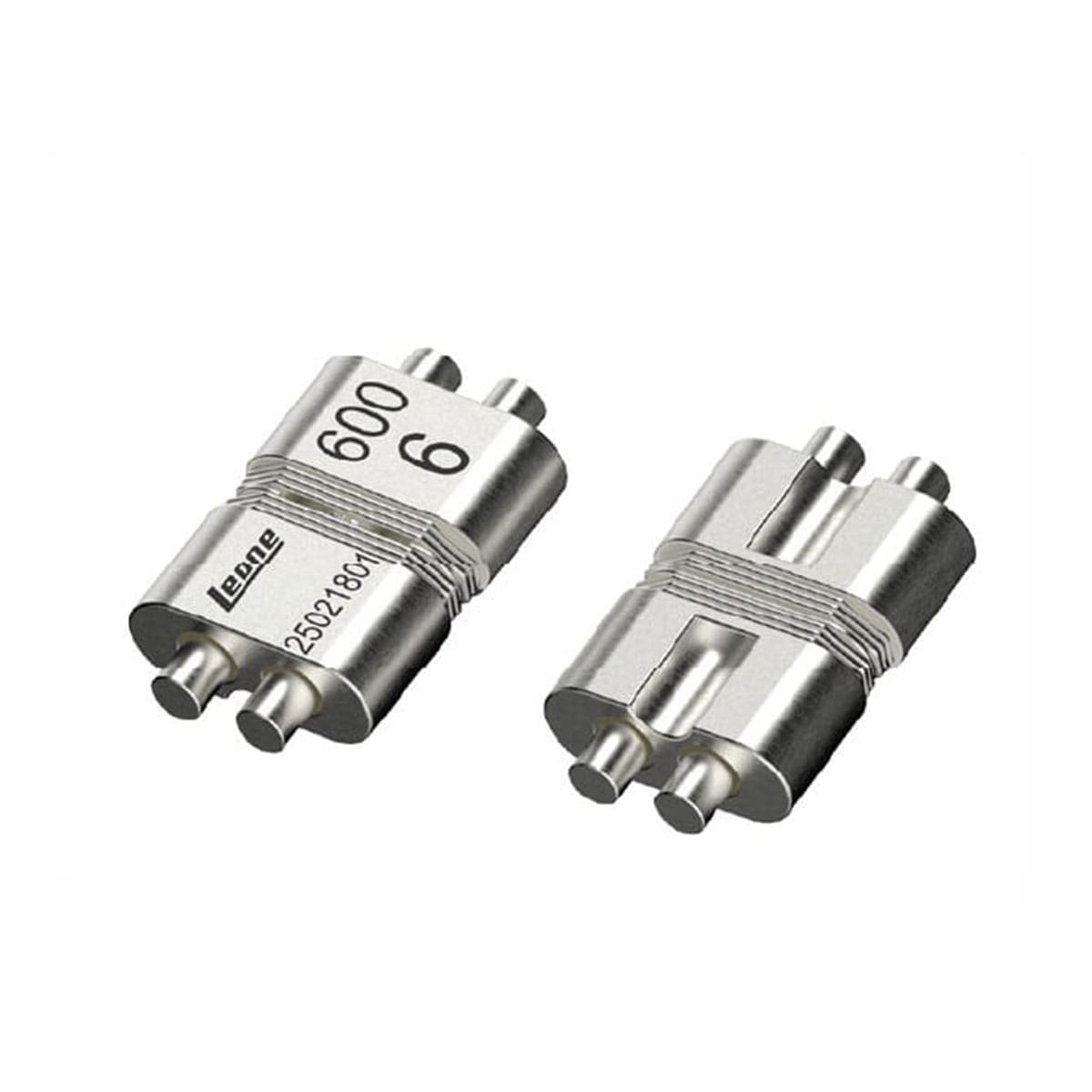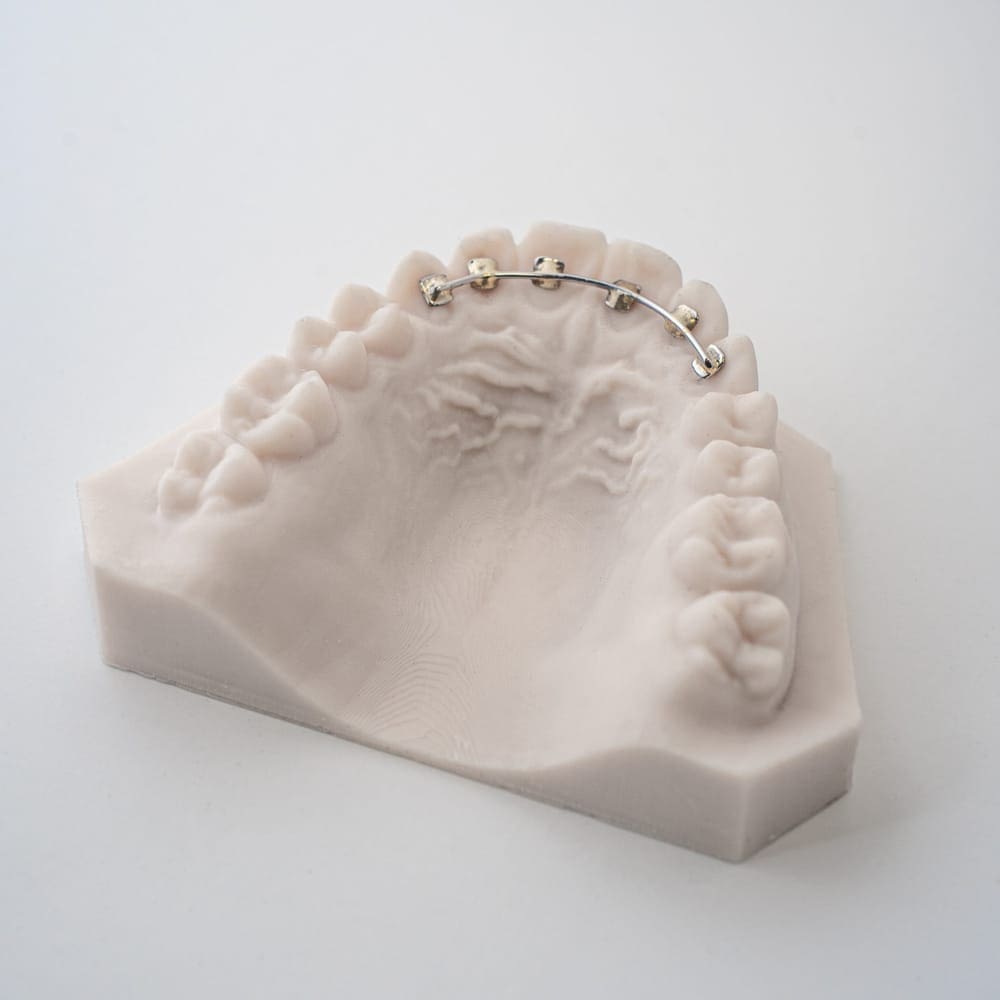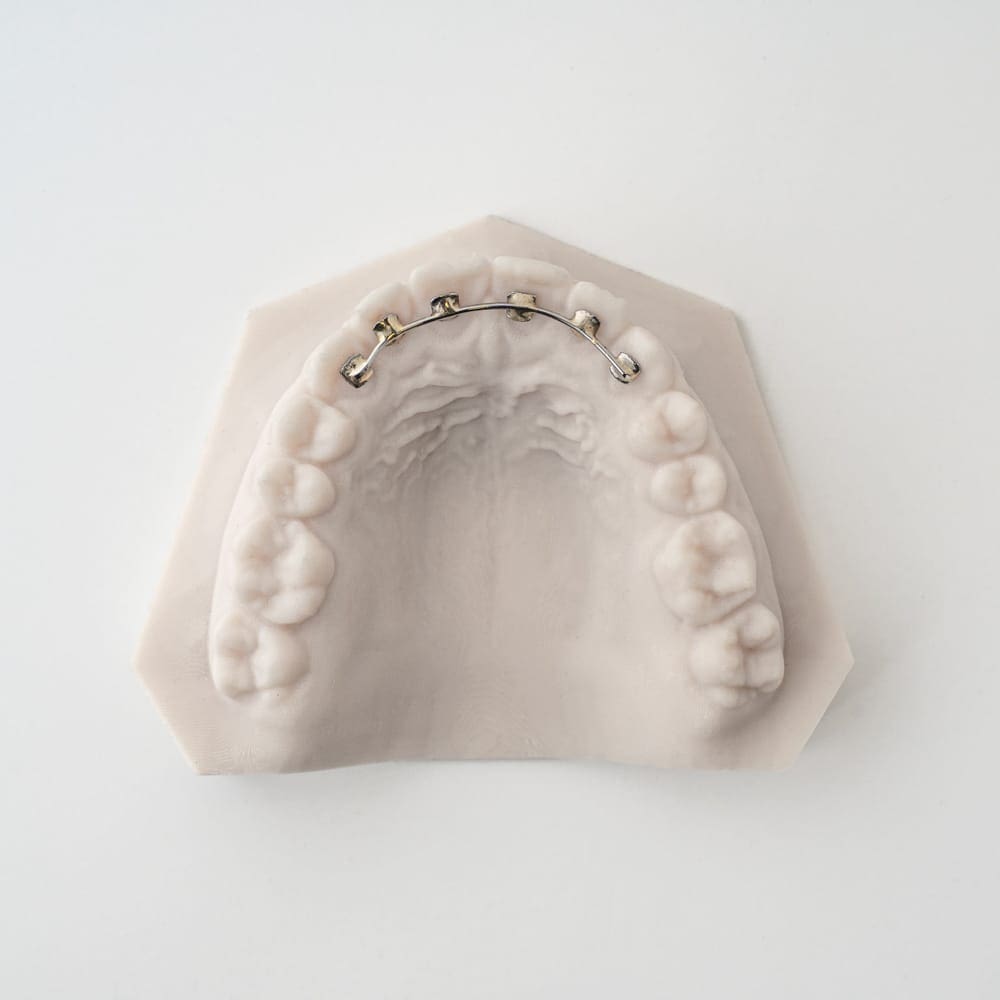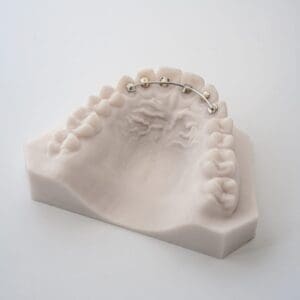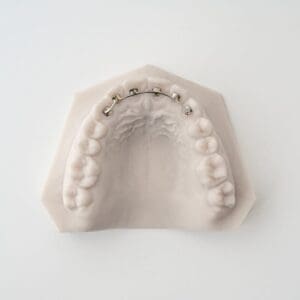The E-arch is a pre-activated upon arrival and held closed with a ligature wire. After seating the appliance snip the ligature wire to initiate activation. The mandibular E-arch can be left active for approximately six months, depending on the amount of expansion needed. For patients requiring expansion in both arches, dentoalveolar decompensation with the mandibular E-arch establishes a “reference” mandibular arch width to guide the amount of maxillary expansion. Some patients have a tendency to try to flick the lingual frame with their tongue or pull on the appliance with their fingers. In these situations, consider bonding the lingual frame (not the coil spring) to a posterior tooth for added stability. While bonding the lingual frame will not affect symmetrical expansion, it may impede equal bilateral molar distalization.
Once you have achieved adequate mandibular expansion, you have the option of either removing the E-arch and delivering a lower Hawley or deactivating the coil spring and converting the appliance into a holding arch. The E-arch is deactivated by sectioning the coil spring intraorally using an FG #557 straight fissure crosscut carbide bur. For patient comfort, you may consider placing a small amount of flowable composite over the sectioned coil spring. The “passive” E-arch can be left on until the start of Phase II or the eruption of the second premolars.
This appliance should be cleaned every day with toothpaste and a soft toothbrush, morning and night. Encourage the patient to give sufficient time to clean thoroughly around the appliance, gums, teeth, and bands to maintain proper hygiene and prevent inflammation. 3 minutes is recommended.
